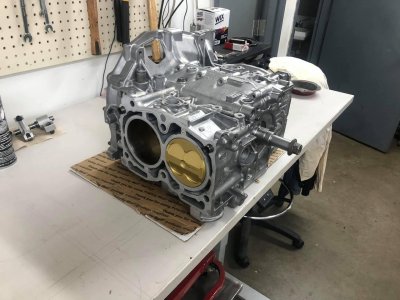- Joined
- Nov 9, 2018
- Messages
- 377
Yes, I think carbon and alloy content could be super variable.Yes, carbon content can be quite variable in cast iron, and it can create localized hard spots. We are spoiled by working with crucible steels today for a lot of our projects, which have better control and distribution of carbon and other elements. This tends to make us surprised when we learn the uneven distribution which can be found with Cast Iron. I run across this in antique Tamahagane steel Japanese swords quite frequently.
I’ve only found one small void on this mill, and it’s on the side, not a bearing surface. Overall, the quality of this casting seems surprisingly decent, definitely WAY less porosity and irregularities than my 1950s Clausing lathe.



